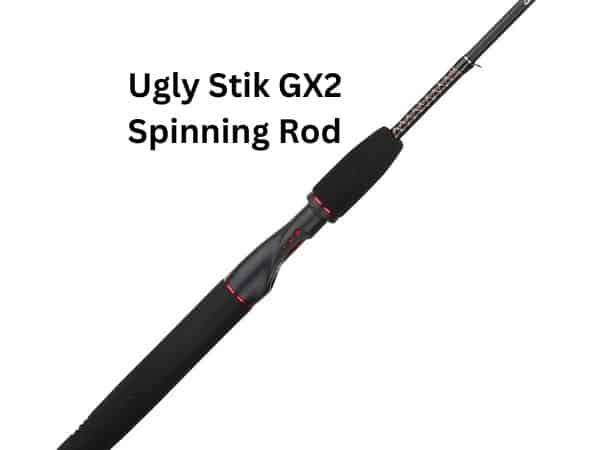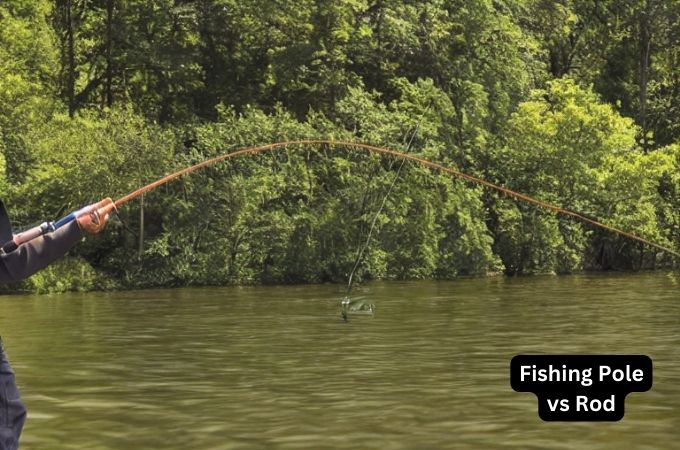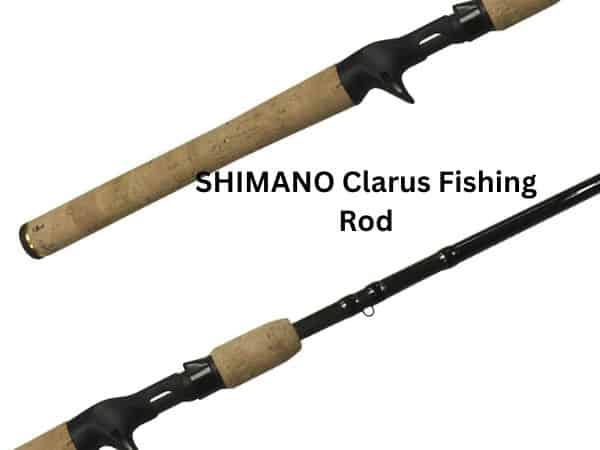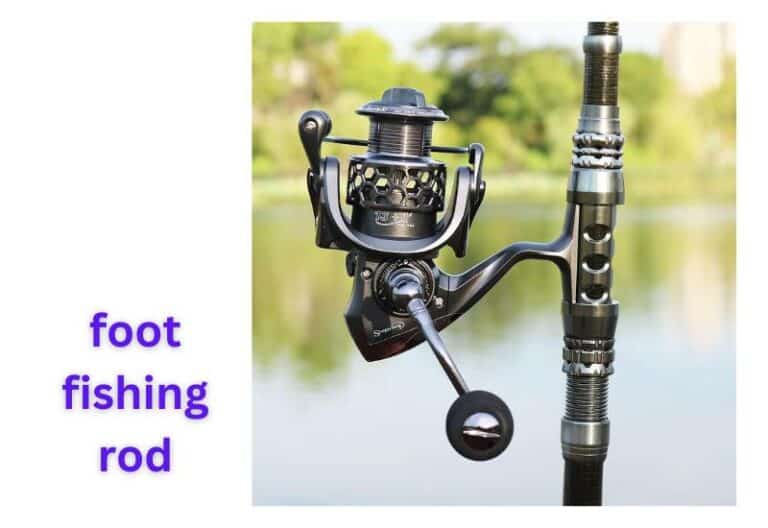How to Change Fishing Line | Step By Step Method
Today we will discuss How to Change Fishing Line. It would be an absolute nightmare to let go of a fish because the fishing line was not attached properly. Imagine after hours of wait, you finally catch a giant fish but only end up losing her to the water due to a sloppy fish line.
A fish line with improper spooling will cause a twist and create a backlash known as the bird’s nest. On top of that, it will take hours to detangle the twist and bring it back to its original position. Also, no matter how high quality the line is, if the supply spool is small then it’s more likely to coil. So, make sure you take the line from a large spool to avoid coiling the line.
Changing the fishing line can seem quite daunting if you’re a beginner. In this article, we’ll demonstrate clearly how to change the fishing line so that you can ace your next fishing expedition with ease. You’ll need to follow a few simple steps. Let’s take a look.
How to Change Fishing Line
Step One:
Before you install a new fishing line, it’s important to discard the old one. Take note of the length of the old line as that will help you get an assumption on the amount of line you’ll be needing for the new one.
Make sure you dump the old ones in a secured place without littering. Do not throw them in the water as that will endanger the lives of marine creatures. Wrap them up in a bag and dispose of them in the bin.
Step Two:
Now, thread the new line following the rod guides, and do not miss any of the guides as that will hamper the tension of the lines. Open the bail of the reel and attach the line to it.
Step Three:
For Spinning Reels:
Place the spool of the new line on the floor or on a flat surface and close the reel’s bail. Spooling the reel in the same direction as the bail will cause the line to twist. To avoid this situation, you must spool them in the opposite direction on each other.
For Baitcasting Reels:
Changing the fish line is slightly different in baitcasting reels than that of spinning reels. For a baitcasting reel, put a pencil through the spool as that will help you easily spin the line without twisting it. Make sure that you put the optimum amount of pressure on the spool so that it doesn’t backlash.
Final Step:
For the final part, make sure you put the optimum amount of pressure on the line. It’s important to retain proper tension on the line as otherwise, it will result in overlapped loops. Keep spooling it with the line until you meet your desired level and make sure the line is tightly attached to the reel. Once you’re with the entire process, attach a lure and start fishing.
Take a Look at These Awesome Fishing Lines!
Well, no matter how skilled you are, a lousy fishing line will deliver a sloppy result. Now that you know how to change the fishing line, choose a fishing line that will well-accompany the rod for a great fishing experience.
SufixTritaniumPlus Fishing Line:
The SufixTritanium is a copolymer line that has a unique blend of different nylon strands that provides phenomenal abrasion resistance and reduced line memory. This line is an excellent choice for bottom fishing as it offers outstanding elasticity which helps it to sink faster and better.
These lines are also very straight which makes them more manageable and reduces the possibility of tangles. They also incorporate anti-friction agents that allow for improved casting as well.
PowerPro Spectra Fiber Braided Fishing Line:
If you’ve trouble lining the rod with thick lines then give the PowerPro Spectra Fiber a try. These lines are extremely thin with outstanding strength. It has no line memory and you can cast it with flashing speed.
It has enhanced body technology that helps to retain the smoothness and sensitivity of the lines. The best part is it comes with a very affordable price tag with a variety of different colors and shades.
Seaguar Fluorocarbon Fishing Line:
If you’re looking for a soft yet strong fishing line then give the Seaguar fluorocarbon a try. It has the ability to reflect light which makes it visible even under water. It effectively repels chemicals and UV rays which increases its durability of it.
This line is designed for freshwater conditions and it has a high abrasion resistance which makes it extremely durable and long-lasting.
FAQs:
Answer:
Changing a fishing line is quite easy and it can be done with the help of a few simple tools such as scissors, screwdriver, gloves, etc.
Answer:
Fused microfilament lines are a better choice for catching large fish compared to nylon lines.
Answer:
There are many types of knots that will help you secure the line in its place. For starters, you can go for arbor knots or double surgeon’s loops as they’re easier to master.
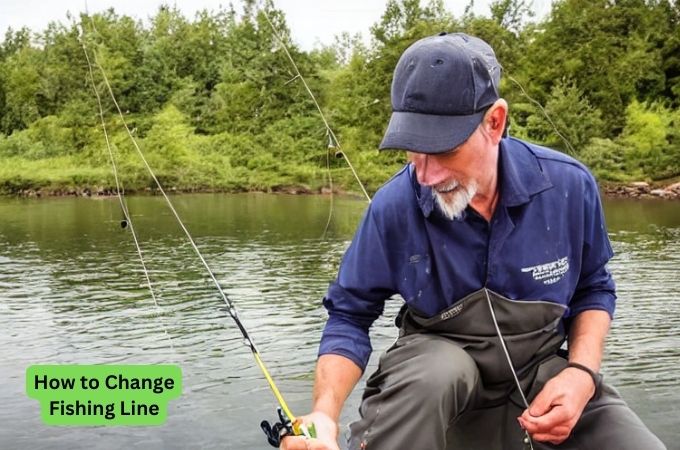
Final Thoughts:
Changing the fishing line can be quite a challenging task for novice anglers. We have tried to keep this article as descriptive and informative as possible so that the anglers can easily change the lines themselves without seeking professional help.
You might have trouble changing it the first time. However, if you follow the steps that we discussed above, you’ll be able to master this in no time. We also incorporated a few of the prominent fishing lines as well in this article so that you can change the lines more easily and hassle-free. Make sure you take proper care of the line and the rod so that you get the best performance out of them. So, go change those old fishing lines and get ready to have the happiest fishing trip of your life.

